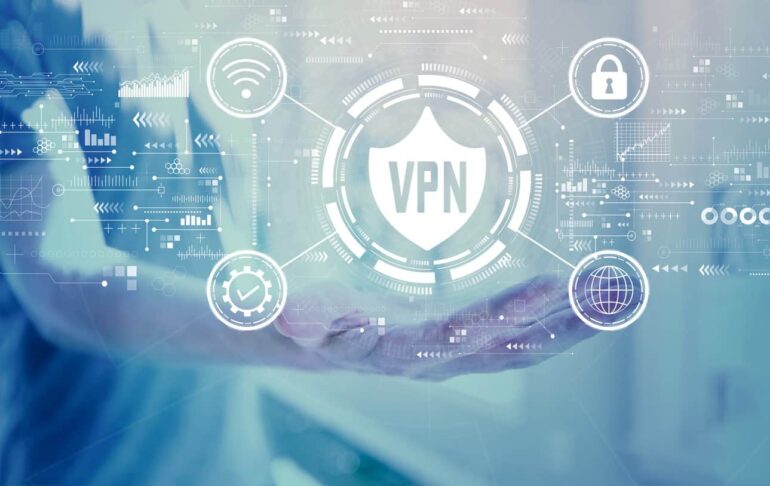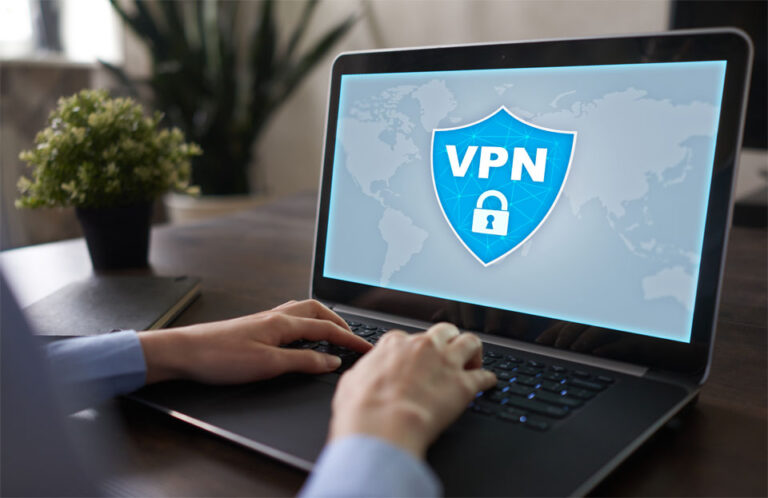These days, privacy is a topic in itself and is really hard to come by, as you probably know yourself. The truth is that people don’t want to share their Google searches or actual IP address, which is more than fair. For a lot of us, VPNs are a great way to stay private online and enjoy personal time. Do you know how to use a virtual private network or set it up on your MAC? Well, when using a MAC, the easiest way to set up a VPN on your Mac is to download a VPN app. Keep on reading and discover some tips and tricks down below that will help you out while answering your most-asked questions.
6 Tips for Setting up a VPN connection on a MAC

1. Which VPN service are you going for
Always begin by choosing a good VPN service. Most major providers have similar offerings. You will be looking at similar prices, along with different options for server locations. However, there are differences for you to look into and discuss, as well as figure out what works best for you and your budget. Keep an eye out for:
- Web browsing privacy: different VPN services are designed to hide your IP address.
- Streaming movies: a feature that is a must-have for a ton of people who love to watch movies and TV shows.
- Torrenting: only some providers can offer high speed for torrenting.
2. Install a VPN on Mac with a VPN service
Another thing and important move to consider is your service. Make sure the VPN you’re downloading has an installer for Mac devices. This installer should pop and is easy to use on-site. Use the downloader to configure it out and use it with ease. Based on your security settings, you might have to give certain permissions to install the app. Once installed, launch the app and use it per your preference and on your Macbook.
3. Do it manually

You can always do the process manually in case something fails or if you end up needing help on the side. You can manually install a VPN using the built-in VPN by doing the following:
- Choose the Apple menu bar and go for system preference
- Click the Network option next
- Click on the Add button and Interface pop-up while choosing VPN
- Choose what kind and type you are setting up
- Name the VPN service and click create
- Enter the Server Address along with the Account name and Authentication settings
- Input your user authentication info and press OK
If done properly you will be good and anonymous to go!
4. Browser extension
Some people only use browser extensions when online, without being worried about any apps. Well, browser extensions use less bandwidth than apps, and you can set them up with one click. If you aren’t worried about any additional files this might be the quickest option for your computer or your Mac. It is also great for those with new devices or those who don’t have a lot to hide. To set this up simply go to your Chrome web store and search for VPN. Click on it and add it to Chrome so it can download. Log in and connect to encrypt your browser and Mac IP address.
5. Features to look for
If you’re not too sure what to look for or how to narrow down your selection in terms of options, here are some steps to consider:
- Go for great ratings and options that are available on Google or the App Store.
- Your privacy: read the VPN’s logging policy to make sure it’s not keeping a record of your history or websites.
- Security & speed: perform some speed tests to see how it performs and if it meets your criteria.
- Cost: go for something that is within your price range. Your chosen VPN subscription should cover all of the devices you’d like to connect.
6. Free or paid for

Did you know that many free VPNs have daily or monthly limits on the amount of data you can use while connected?! This is why a paid option might be a better move to make. The truth is that you may only be able to connect to a small number of servers, and they may not be in your desired locations. Most free VPNs are only available for a limited time, so they’re not good solutions if you want a VPN for long-term use. If you need something for your long-term use, your office, or your personal reasons it may be better to invest once and for all.
FAQ about private virtual networks
How to use a VPN on Mac?
With a VPN service, you can use the app to easily enable or disable your VPN. You can configure it all and choose your preference with the Network Setting option. In just 5 minutes you will set it up.
Should your VPN always be on?

This all comes down to you, your personal preference, and your budget. But if you’re experiencing unusually slow speeds, your VPN server might be overloaded. Make sure that your connection is secure when you turn it off so that nothing invades your privacy.
How does one change their VPN?
If you ever need to change your VPN settings or switch to another VPN provider, the process is straightforward and done in the settings menu with your chosen downloaded server.
Where to find a promising VPN for your use?
If you’re ready to find a VPN that works and that is reliable make sure to check out WeVPN. It has advanced leak protection, ultra-fast servers, and a kill switch that prevents your activities and sensitive data from being exposed if your VPN connection drops. It offers both industry-standard encryption protocols, such as the OpenVPN and iKEV2/IPSEC using best-in-class AES-256 GCM encryption. This will provide the highest grade of end-to-end protection for your Mac device. It is compatible with all Mac devices + you can easily get in contact with a trustworthy help center in case you have any questions.

